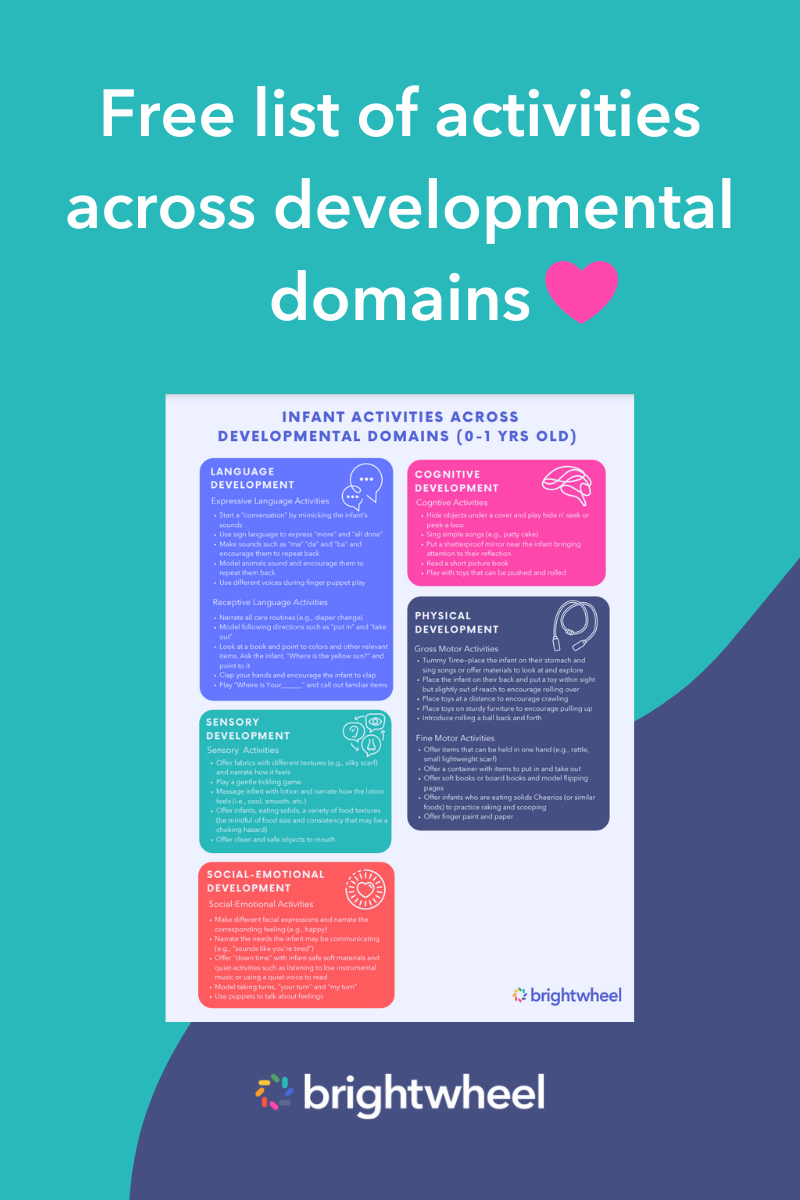Attachment theory suggests that the strong bonds formed between young children and their caregivers are crucial for their development. In early childhood education, healthy attachments between educators and children can lead to greater social-emotional regulation, higher confidence, and improved academic performance. Understanding attachment theory in early childhood can help you build a supportive and secure classroom environment.
This article will explore practical strategies for fostering secure attachments in the classroom and highlight their long-term benefits for children's overall development.
What is attachment theory?
Attachment theory is a psychological framework that explains the importance of strong emotional bonds between people, particularly between a child and their primary caregivers. First developed in the 1950s by British psychologist John Bowlby, it proposes that children are born with an innate drive to form these connections for safety and security.
Bowlby's attachment theory
John Bowlby's work focused on the distress children feel when separated from their caregivers. He believed this attachment drive was instinctual, not learned. According to Bowlby, attachment has four distinct characteristics:
-
Proximity maintenance: A child's desire to stay near the people they are attached to.
-
Safe haven: A child's instinct to return to their attachment figure for comfort when faced with fear or a threat.
-
Secure base: Viewing the attachment figure as a secure foundation from which to safely explore the world.
-
Separation distress: The anxiety a child experiences when their attachment figure is absent.
Ainsworth's attachment theory
In the 1970s, American psychologist Mary Ainsworth expanded on Bowlby’s research with her "Strange Situation" study. She observed children's reactions to being separated from and reunited with their caregivers, identifying three specific attachment styles. Her work demonstrated how these early styles could predict behaviors later in life.
What are the four attachment styles?
Later research by Main and Solomon added a fourth style to Ainsworth's findings. The four attachment styles are secure, ambivalent, avoidant, and disorganized.
- Secure attachment: This is the most common style. Children show distress when their caregiver leaves but joy upon their return. They are comfortable seeking reassurance from their attachment figure when frightened.
- Ambivalent attachment: These children become very distressed when a caregiver leaves. This style often develops when a child cannot depend on their caregiver's consistent presence and support.
- Avoidant attachment: Children with an avoidant style show no preference between caregivers and strangers. This can be a result of abuse or neglect, where relying on a caregiver has been met with punishment.
- Disorganized attachment: This style is marked by a lack of clear behavior. The child may seem confused or apprehensive, often because their caregiver is a source of both comfort and fear.
Why is attachment important in child development?
Secure attachments are fundamental to a child's healthy development. Research suggests that children who form secure attachments in early childhood tend to have higher self-esteem, greater independence, and better social-emotional skills.
In an educational setting, securely attached children are often more empathetic, less disruptive, and more mature. For educators, this translates to a classroom of children who can better express their feelings, follow instructions, and interact positively with their peers. Failing to form secure attachments can have lasting negative impacts.
How can educators promote secure attachment in the classroom?
As an early childhood educator, you play a vital role in creating a learning environment that supports healthy attachment. Here are a few ways to promote secure attachment:
- Connect with families to learn about each child: Understanding a child’s home life and routines allows you to create a more familiar and comforting classroom environment. Using a communication tool like brightwheel’s app helps you easily send messages, updates, and alerts to families.
- Show sensitivity and empathy: When you treat children with compassion, they learn to see you as a secure base, which gives them the confidence to explore their learning environment.
- Use positive body language: Making eye contact and using warm facial expressions helps children feel seen and heard, strengthening your connection.
- Respond calmly to requests and emotional outbursts: Modeling appropriate emotional responses teaches children how to manage their own feelings of fear, anger, or frustration.
By building a classroom environment founded on trust and positive social behaviors, you can support a child's overall development and learning journey.
Family Newsletter Template
A free newsletter template to simplify family communication at your childcare program.
Frequently asked questions
Q: Can a child have different attachment styles with different caregivers?
A: Yes, it is possible for a child to have a secure attachment with one caregiver and an insecure (avoidant, ambivalent, or disorganized) attachment with another, depending on the consistency and quality of each relationship.
Q: At what age is attachment most critical?
A: While attachment is important throughout life, the first few years of a child's life are considered the most critical period for forming the primary attachment bonds that shape future relationships and emotional regulation.
Q: How can I support a child with an insecure attachment style?
A: Support a child with an insecure attachment style by providing consistent, predictable, and responsive care. Building a trusting relationship, offering comfort, and modeling healthy emotional expression can help them develop a more secure "earned" attachment over time.
Conclusion
Supporting healthy attachment in early childhood is a vital part of fostering emotional growth and stability. By understanding the needs of children and offering consistent, responsive care, childcare providers play a key role in helping children form secure attachments. These efforts not only benefit the child's immediate well-being but also lay the foundation for positive relationships and emotional resilience in the future.


